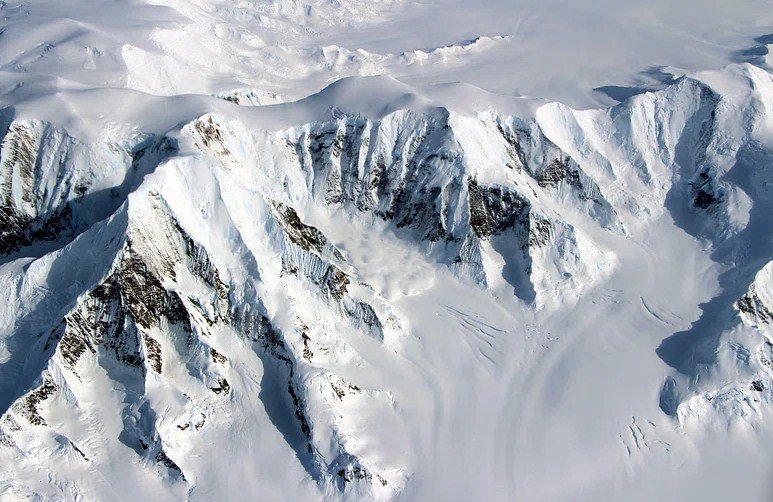The winter season is usually a busy time for ski resorts and other snow-related activities in northern Michigan. But with warmer temperatures and less snowfall, many businesses are struggling to stay open and attract customers.
The impact of warm winters on small ski slopes
One of the businesses affected by the changing climate is Mt. Holiday, a small ski area in Traverse City. The rustic lodge overlooking the slopes is quiet, and the hills are covered with patchy snow. Executive Director Jim Pearson said they have to rely more on the snow guns to make artificial snow, but it is not enough to cover the ground.
“It used to be we would use the snow guns to add to what Mother Nature gave us,” Pearson said. “And now it’s like the complete opposite, where we have to rely more on the man-made snow. So obviously, that’s a lot of ground to cover. It’s been very challenging.”
Warmer winters have prevented Mt. Holiday from fully operating over Christmas break for five out of the last six years due to poor snow conditions, according to Pearson. It used to be a big moneymaker. This year, Traverse City saw a Christmas Day high of 58 degrees, tying it with the record high set in 1982. The western part of the Upper Peninsula saw its warmest December since the National Weather Service started keeping records over a century ago.
Pearson said they have discussed shutting down for the season, but he hasn’t given up yet. He hopes colder weather will come to let the snow guns do their work. They use hundreds of gallons of water per minute when they are all firing. When it is cold enough, crews operate them in shifts, sometimes 24 hours a day, trying to keep snow on the ground.

The role of climate change in making winters warmer
The warm and wet winters in northern Michigan are not just a random weather event, but a sign of a long-term trend driven by climate change. According to the nonprofit Climate Central, winters in northern Michigan and in the Upper Midwest in general are warming and becoming shorter due to climate change.
“To understand the difference between weather and climate, we can think of weather as news, and climate as history,” said Lauren Casey, a meteorologist with Climate Central. “Weather is what happens on a day-to-day basis, and climate is the long-term average of weather over decades or centuries.”
Casey said that climate change is caused by the increase of greenhouse gases in the atmosphere, which trap heat and warm the planet. This affects the jet stream, a band of fast-moving air that influences weather patterns. A warmer and weaker jet stream can cause more extreme weather events, such as heat waves, droughts, floods, and storms.
Climate change also affects the amount and type of precipitation that falls in winter, Casey said. “As the atmosphere warms, it can hold more moisture, which means more rain and less snow. And when it does snow, it tends to be wetter and heavier, which is not ideal for skiing or other winter sports.”
The adaptation strategies of snow-dependent businesses
The ski industry is not the only one that suffers from the lack of snow and cold in northern Michigan. Other businesses that depend on winter recreation, such as sled dog races, ice fishing, snowmobiling, and snowshoeing, are also facing challenges and losses.
Some businesses are trying to adapt to the changing conditions by diversifying their offerings and attracting customers in other seasons. For example, Mt. Holiday has a tubing hill that requires less snow than skiing, and also offers zip lining, hiking, and biking in the warmer months.
Other businesses are investing in more efficient and resilient snow-making equipment, or expanding their snow storage capacity. Some are also advocating for more action on climate change, and educating their customers and employees about the causes and consequences of global warming.
However, these adaptation strategies may not be enough to cope with the future impacts of climate change, which are projected to be more severe and frequent. According to a report by the U.S. Global Change Research Program, the average annual temperature in the Midwest could increase by 5 to 10 degrees Fahrenheit by the end of the century, and the average annual precipitation could increase by 5 to 15 percent. This would mean more rain and less snow, and shorter and warmer winters.
The snow business in northern Michigan may not survive if the current trends continue, according to Pearson. “We’re trying to do everything we can to keep this place going, but it’s getting harder and harder every year,” he said. “We love winter, we love snow, we love skiing, but we don’t know how long we can keep doing this.”

Comments